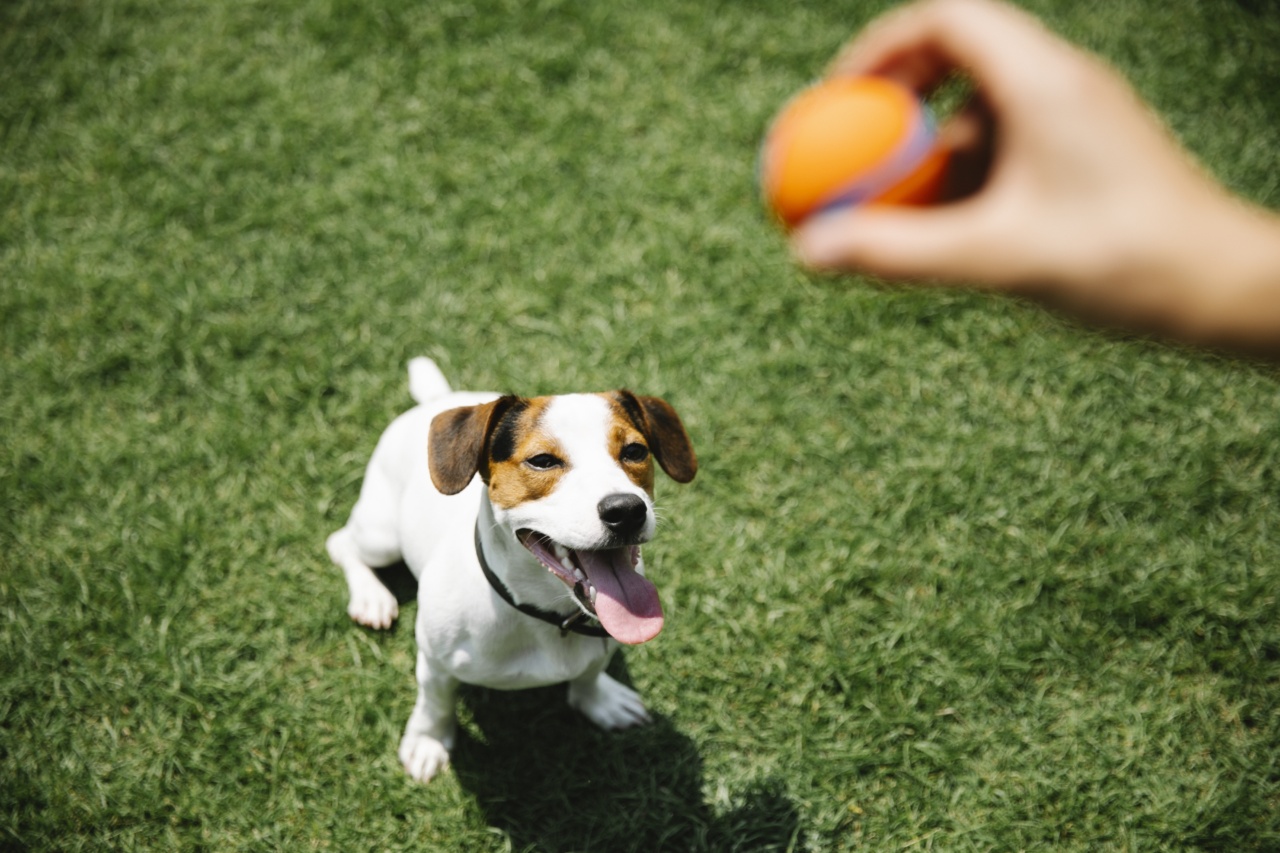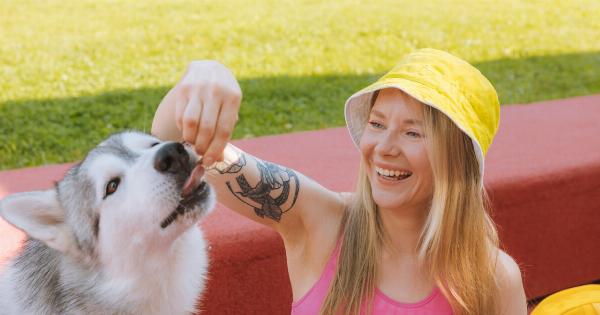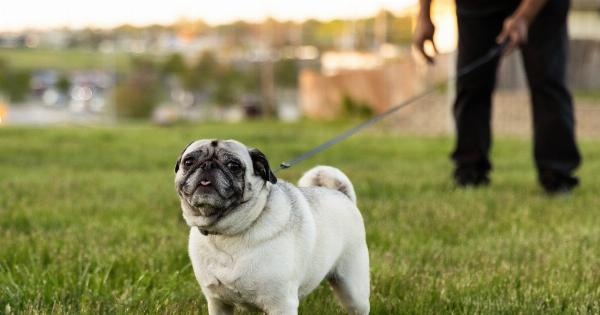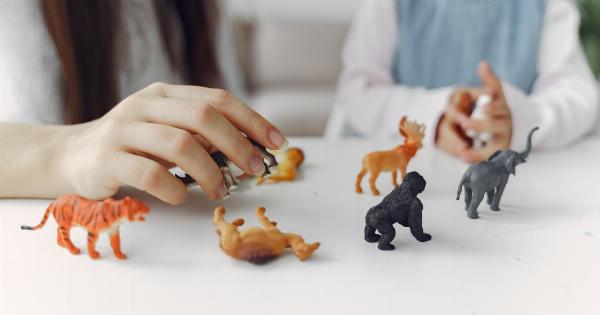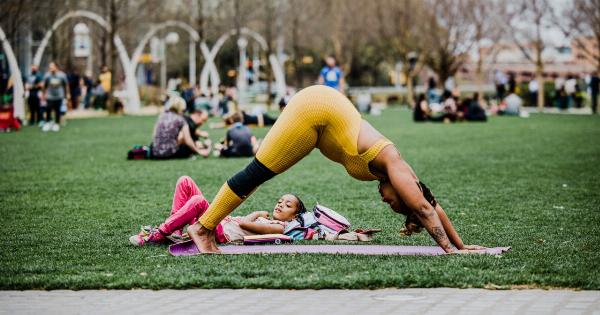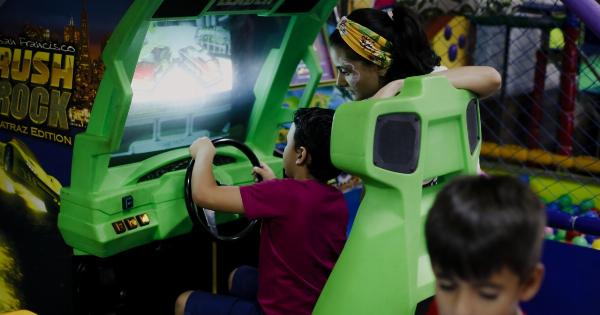As pet owners, we want our furry friends to be well-behaved and obedient. One of the essential parts of canine training is teaching them to eat when we want them to.
Many pet owners believe that it is beneficial for their dogs to eat from their hands or plates. However, it is a mistake to teach your dogs to eat from humans. In this article, we will discuss the reasons why you shouldn’t teach your dog to eat from humans.
Reasons Why You Shouldn’t Teach Your Dog to Eat from Humans
1. Health Risks
Feeding your dog from your plate or hand can lead to several health risks. According to research published in scientific journals, dogs that are fed table scraps have a higher risk of developing obesity, pancreatitis, and other health problems.
Dogs have different nutritional requirements compared to humans, and feeding them food meant for humans isn’t beneficial for their health. It can also lead to digestive issues and other problems.
Moreover, germs and bacteria present in leftover food can cause illnesses in dogs.
2. Behavioral Issues
Feeding your dog from your plate can also lead to behavioral issues. It signals to your dog that begging for food is acceptable behavior.
If you continue to feed your dog from your plate or hand, they may become overly dependent and expect food from you every time they see you eating something.
This behavior can lead to constant begging, which can be annoying for pet owners. It can also cause problems when you have guests over who may not be comfortable with dogs begging for food.
3. Training Difficulties
If you want to train your dog to eat at specific times, teaching them to eat from your hand or plate can make it difficult. Dogs learn through repetition and routine.
If you’re not consistent with their feeding times and method, it can confuse them and make it harder for them to learn.
Teaching your dog good eating habits involves training them to eat at specific times and teaching them to eat from their own bowl. This process can be disrupted if you feed your dog from your plate or hand.
4. Potential Aggression
Dogs may become food aggressive if they are accustomed to eating from human hands or plates. This behavior can lead to biting or growling at people who try to take away their food. It can also cause conflict with other pets in the household.
If your dog is used to eating from their own bowl, they are less likely to become food aggressive. They will learn to associate their bowl with food and understand that it’s their designated space for eating.
Alternative Ways to Train Your Dog to Eat
Now that we understand why it’s not advisable to teach your dog to eat from humans, let’s explore alternative ways to train your dog to eat.
1. Set Specific Feeding Times
The first step in training your dog to eat is to set specific feeding times. Dogs thrive on routine and consistency. Feeding them at the same time each day helps them learn what to expect and when to expect it. It also helps regulate their bowel movements.
2. Create a Designated Feeding Area
It’s best to train your dog to eat in a designated feeding area in your home. It can be a corner of your kitchen or any other area that’s clean and quiet.
Giving your dog a specific space where they can eat uninterrupted will help them associate that space with food.
3. Provide Your Dog with Their Own Bowl and Sufficient Water
Providing your dog with their bowl is essential. Not only does it help keep their feeding area clean, but it also signals to your dog that it’s time for them to eat. Dogs need to have access to clean and sufficient water at all times.
4. Offer Nutritious Meals and Treats
It’s crucial to feed your dog a nutritious and well-balanced diet. Your dog’s meals should consist of high-quality dog food that meets their nutritional requirements.
Avoid giving your dog table scraps or feeding them human food that can lead to health problems.
Conclusion
Teaching your dog to eat from humans is a mistake that can lead to several health and behavioral issues.
It’s best to follow the training methods listed above to help your dog develop good eating habits, which will benefit their overall health and well-being. If you’re having trouble training your dog to eat, consider consulting a professional dog trainer who can guide you through the process.
